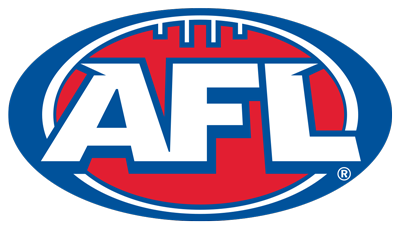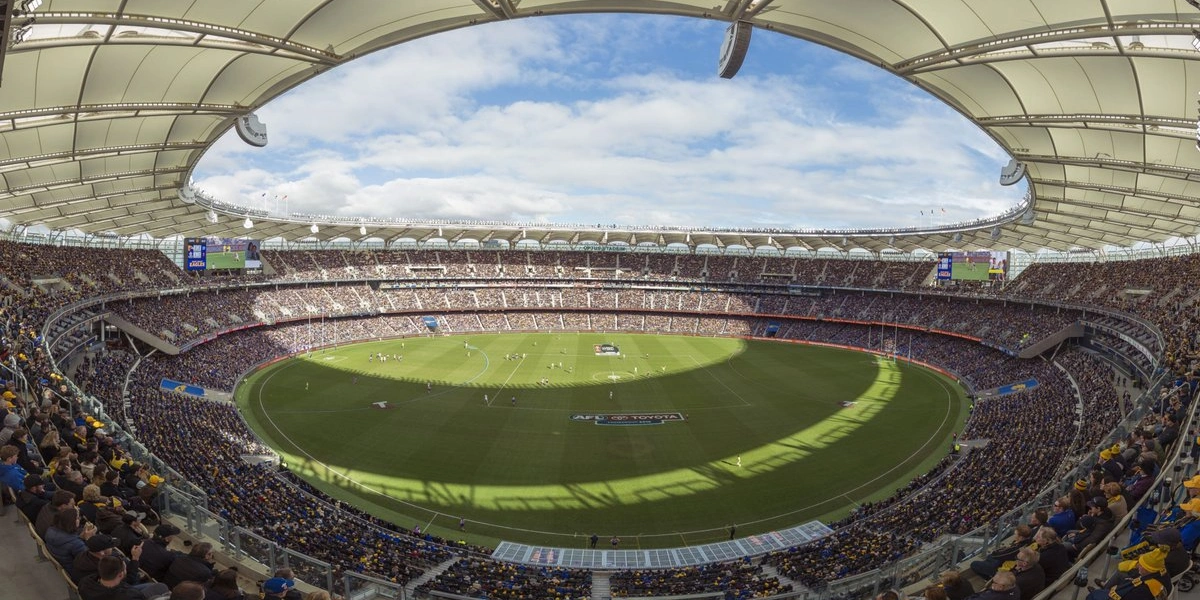Perth’s Optus Stadium
Last updated on July 25, 2024 at 14:26 pm
Posted on July 25, 2024 at 13:56 pm
The Optus Stadium in Perth traces back to the initial recommendation in 2003 for the construction of a new 60,000-seat stadium to cater to various sports events.
After careful consideration, the Government of Western Australia chose the Burswood location over Subiaco Oval for the stadium’s construction. Multiplex secured the construction contract, with Populous as the architectural consultants, ensuring a design suitable for Australian rules football, cricket, and rectangular-field sports.
The stadium’s retractable seating allowed for different configurations. Commencing in 2014, the construction was completed in 2018, with a total cost of $1.6 billion. This marked the beginning of a new era in Western Australia’s sports infrastructure, setting the stage for a multitude of events and activities at Optus Stadium.
Construction
Construction of Optus Stadium in Perth was a monumental undertaking, marked by a significant increase in costs from the initial estimates to the final $1.6 billion figure.
The construction process faced challenges related to site contamination and impacts on Aboriginal communities, leading to the implementation of management plans.
Despite these obstacles, the stadium officially opened in 2018, showcasing technological innovations like its kinetic roof design and setting the stage for a new era of sports and entertainment in Western Australia.
Cost
Initially projected at $700 million, the final construction cost of Optus Stadium escalated to $1.6 billion in 2017 due to various factors. Delays in the project timeline, design modifications, and unforeseen challenges during construction had a substantial impact on the budget.
The stadium’s unique features, such as the innovative architectural design, retractable seating, and state-of-the-art technology, contributed to the cost overrun. Additionally, the need for specialized materials and the scale of the project played a role in the increased expenses.
Despite the initial budget estimate, the final cost reflected the complexity and grandeur of creating a modern, multi-purpose facility that has become a hallmark of Western Australia’s landscape.
Impacts
Amidst the development of Optus Stadium in Perth, the construction process brought forth significant impacts on the surrounding environment and local communities. These impacts include:
Site Contamination: Concerns arose regarding asbestos waste, necessitating a management plan to address potential environmental hazards.
Aboriginal Heritage: Construction affected Aboriginal communities and burial sites, leading to the deregistration of an Aboriginal Heritage site by the Barnett government.
Local Community Costs: The stadium’s final cost exceeded initial estimates, with an average cost per Western Australian household of $1500, impacting local residents financially.
Environmental Management: Efforts were made to mitigate construction-related environmental impacts, highlighting the importance of sustainable practices during large-scale development projects.
Opening
The grand introduction of Optus Stadium in Perth marked a momentous occasion in the domain of modern sports infrastructure development.
The stadium officially opened in 2018, kicking off with a Twenty20 cricket match and subsequent community events that showcased the state-of-the-art facilities to the public. Initially considered for names like Swan Stadium, it was eventually named Optus Stadium following a $50 million, 10-year naming rights deal.
The opening events not only celebrated the completion of the stadium but also highlighted the technological innovations it housed, including dual giant LED displays, Wi-Fi 6 access points, and a unique kinetic roof design. These features, along with integrated technologies like digital ticketing and a dedicated stadium app, aimed to elevate the overall fan experience to new heights.
Development
Undergoing continuous development, Optus Stadium in Perth has seen enhancements in its facilities and infrastructure to further elevate the overall spectator experience. These developments include:
Expansion of Concession Options: Introducing a wider range of food and beverage choices to cater to diverse tastes.
Upgraded Seating Comfort: Installation of more comfortable seating arrangements to guarantee a pleasant viewing experience.
Enhanced Accessibility Features: Implementation of improved accessibility features to accommodate patrons with disabilities.
Technological Upgrades: Integration of state-of-the-art technologies such as augmented reality experiences and interactive displays to engage visitors on a deeper level.
Ownership
The current ownership structure of Optus Stadium in Perth involves a consortium of stakeholders including the Government of Western Australia and private entities. The Government of Western Australia played a significant role in the development of the stadium, overseeing its construction and ongoing operations. Private entities, such as Optus through a naming rights deal, also hold a stake in the ownership of the stadium.
This shared ownership model guarantees that both public and private interests are represented in the management and decision-making processes related to the stadium. The collaboration between government and private entities has been crucial in the success and sustainability of Optus Stadium as a premier sporting and entertainment venue in Western Australia.
Australian Rules Football
Featuring a dynamic blend of athleticism, strategy, and high-energy competition, Australian Rules Football captivates audiences at Optus Stadium in Perth with its fast-paced and exhilarating gameplay.
High-flying Marks: Players showcase remarkable athleticism by leaping high in the air to catch the ball.
Precision Kicking: Accurate kicking skills are essential for scoring goals from varying distances on the oval-shaped field.
Physical Contests: The game is known for its physicality, with players engaging in tackles and contested situations.
Strategic Team Play: Teams must work cohesively to move the ball effectively and outmaneuver the opposition in this thrilling sport.

